Floor Tile Installers
Fill in your details below - we'll reach out to schedule a free quote!
We will get back to you as soon as possible
Please try again later
Local Floor Tile Installers
At JD Flooring, we specialize in tile installation.
Whether you're looking to update your kitchen backsplash or install new floor tile in your bathroom, our contractors have the experience and expertise to get the job done right.
We understand that every home is unique, and we take pride in working closely with our clients to ensure that their vision becomes a reality.
With our attention to detail and commitment to customer satisfaction, you can rest assured that your tile installation will be seamless and beautiful.
Contact us today to learn more about our services or to schedule a consultation.

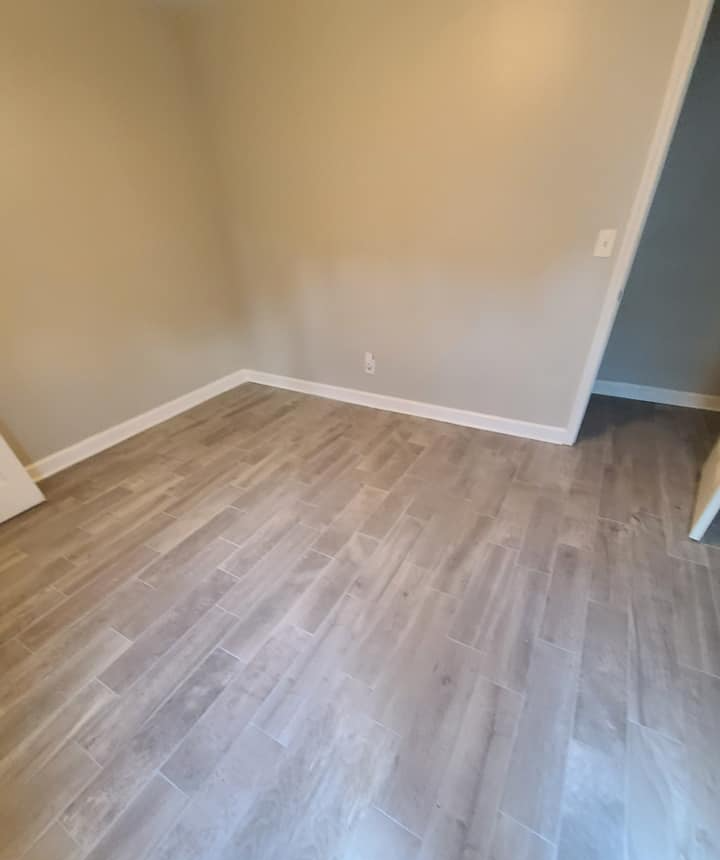
Tile Floor Installation Contractors
JD Flooring is made up of experienced local contractors. All of our contractors are licensed & insured.
They've been polishing their skills for many years, and have installed all kinds of tile - from simple to complex designs.
Their work is guaranteed to be of the highest quality, and they are always willing to answer any questions you may have about your tile installation.
You can rest assured that your tile floors will be installed correctly and will last for many years when you use JD Flooring.
Contact us today for a free estimate!
Types of Tile Flooring
When it comes to choosing tile flooring for your home, there are many factors to consider.
First, you need to decide what material you want your tiles to be made from. Ceramic and porcelain are the most popular choices, but there are also natural stone options available.
Once you've selected your material, you need to choose a style.
Tiles come in a wide range of colors, shapes, and sizes, so it's important to select a design that will complement your home's existing décor.
We'll tell you a bit about the different types of tile here - rest assured that our installation contractors have experience with all of them!
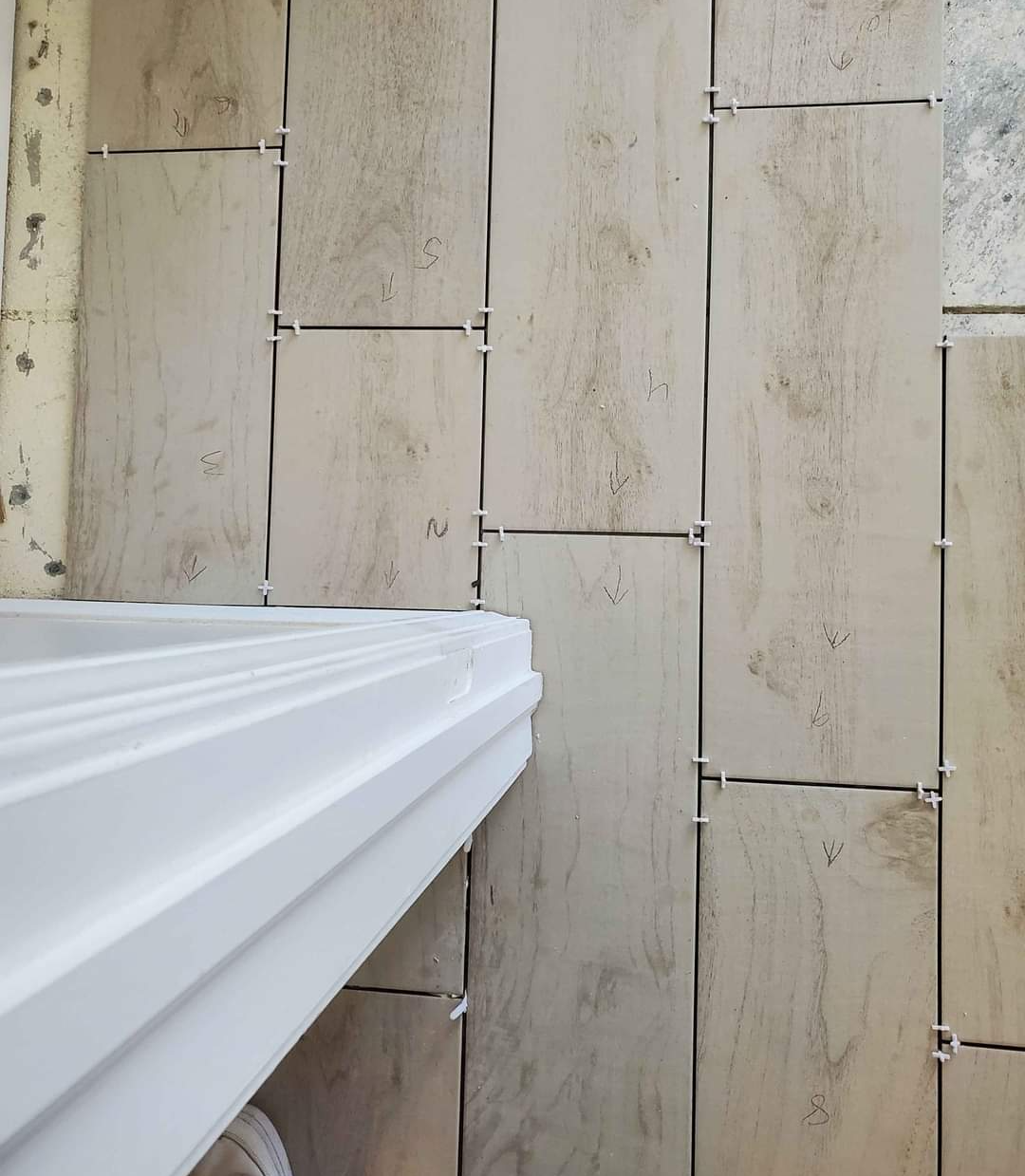
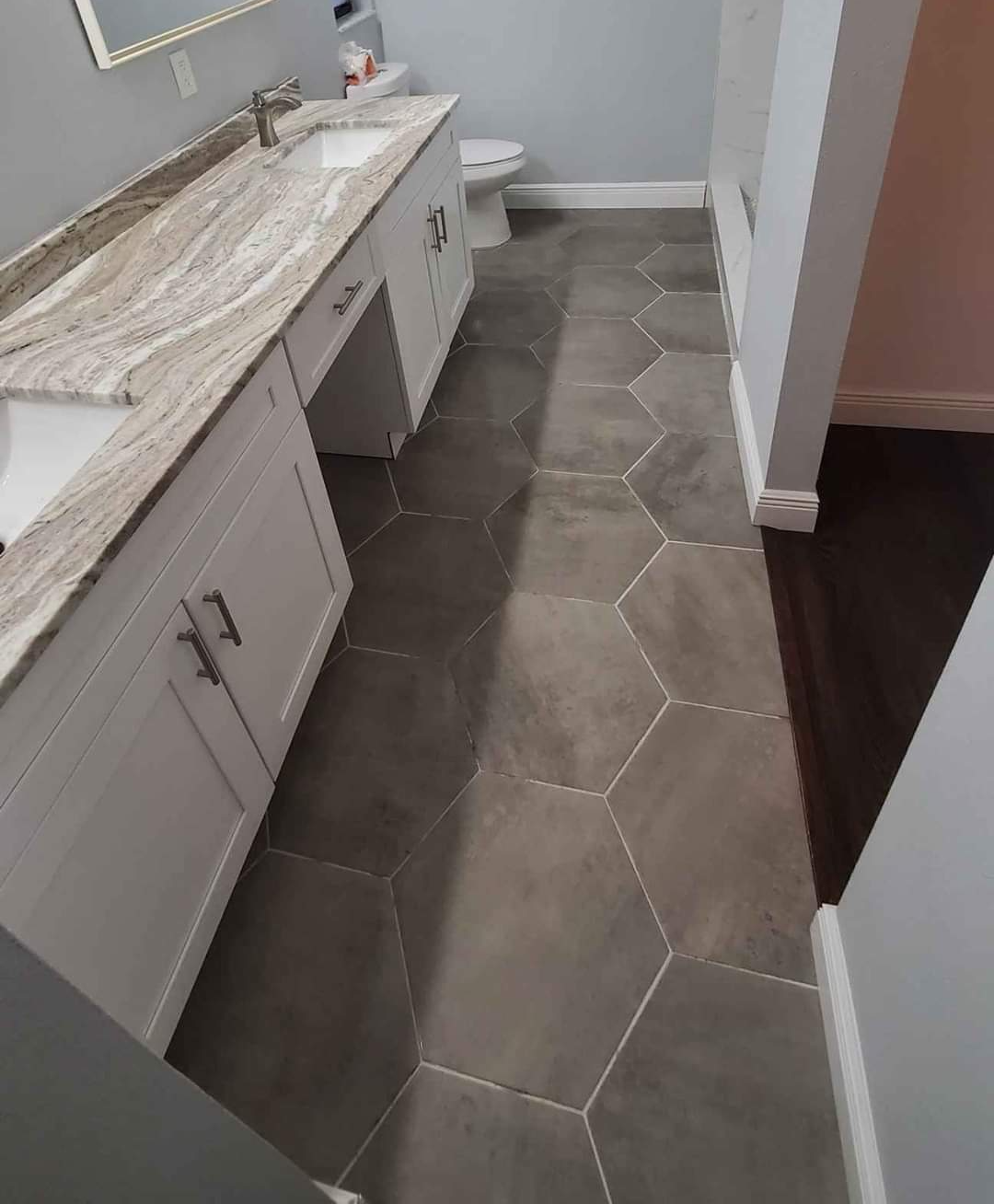
Ceramic Tile
Ceramic tile is a type of clay product that is kiln-fired at high temperatures. It is dense and durable, making it an ideal choice for both indoor and outdoor use.
One of the most popular features of ceramic tile is its wide range of colors, patterns, and finishes. Whether you are looking for a classic white subway tile or a bold statement piece, there is a ceramic tile to suit your needs.
Ceramic tile is also easy to clean and maintain, which makes it a popular choice for kitchens and bathrooms.
When properly sealed, ceramic tile is resistant to stains and moisture, making it an ideal choice for high-traffic areas.
For these reasons and more, ceramic tile is one of the most popular choices for both new construction and remodeling projects.
Porcelain Tile
Porcelain tile is denser and less porous than other types of ceramic tile.
Porcelain tile is also available in a wide range of colors, sizes, and textures, making it a versatile choice for indoors & out.
One of the main reasons people choose porcelain tile is because of its durability. Porcelain tile is resistant to scratches, stains, and chips, making it an ideal choice for high-traffic areas.
Additionally, porcelain tile is easy to clean and maintain, requiring only occasional sweeping and mopping.
Whether you are looking for a durable flooring option or simply want to add a touch of style to your home, porcelain tile is an excellent choice.
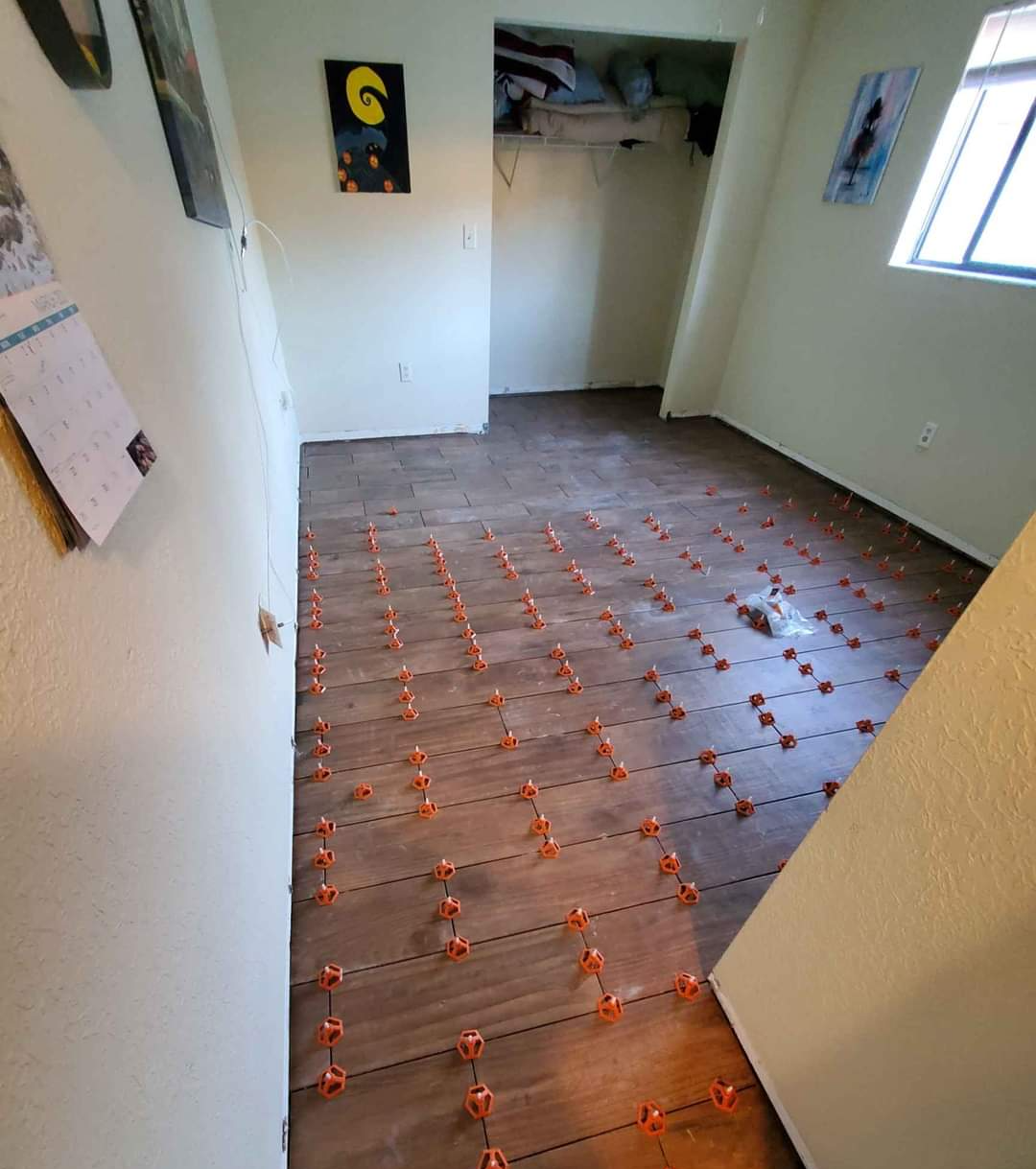
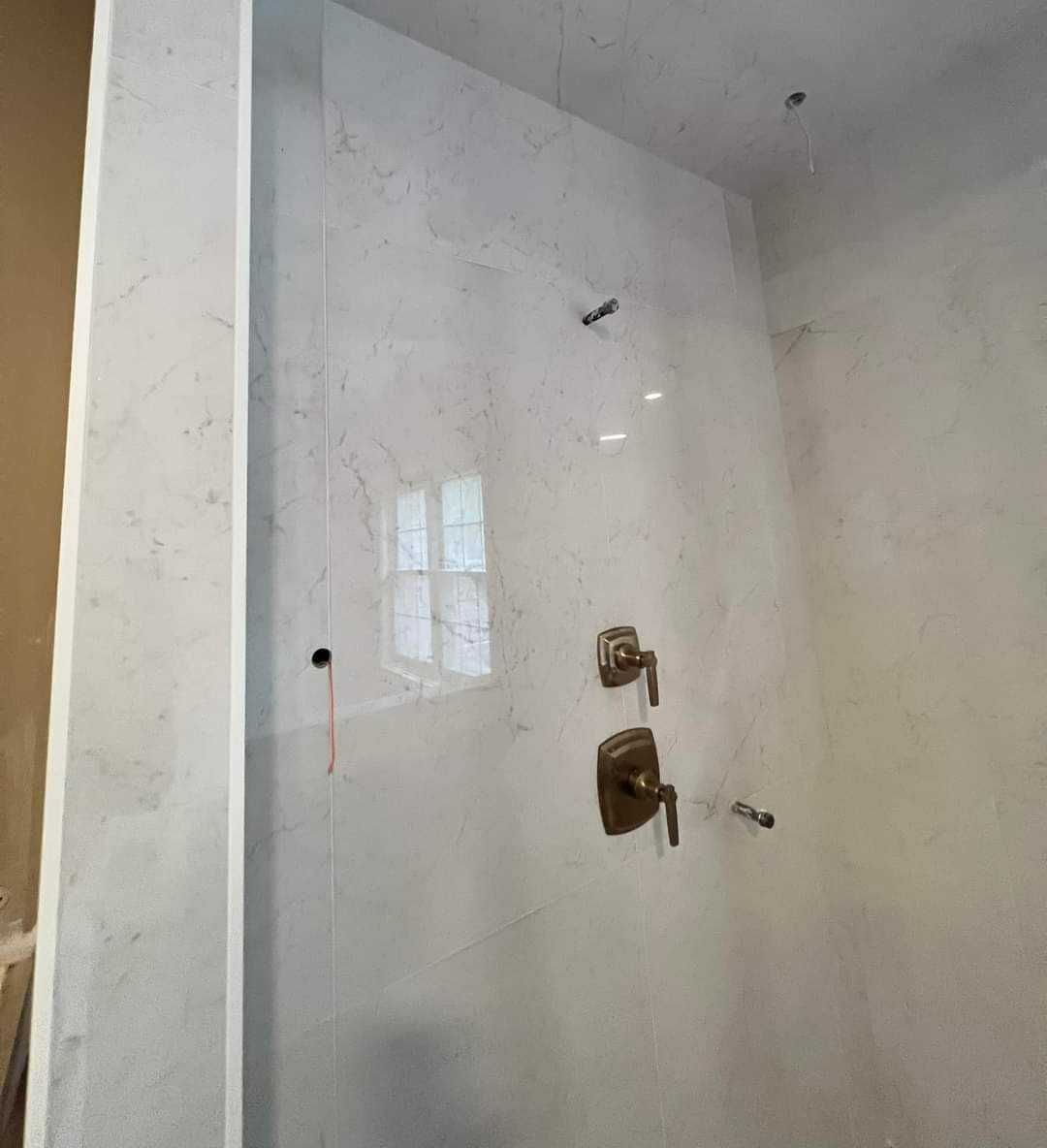
Glass Tile
One of the most popular tile choices for both kitchen and bathroom backsplashes is glass tile.
Glass tile is available in a wide variety of colors, sizes, and shapes, making it a versatile material that can be used to create almost any type of design.
In addition, glass is a very durable material that is resistant to heat, scratches, and stains.
Glass tile is also easy to clean and maintain, making it an ideal choice for busy households.
While glass tile may be more expensive than other types of tile, its durability and beauty make it a worthwhile investment.
Marble Tile
Marble tile is a classic choice for both indoor and outdoor spaces.
It's unique veining and range of colors makes it a popular choice for homeowners who want to add a touch of luxury to their space.
Marble is also a very durable material, making it ideal for high-traffic areas like entryways and kitchen floors.
When properly sealed, marble tile can resist stains and scratches, making it a low-maintenance option for busy families.
And because marble is a natural material, each tile is completely unique - no two pieces will ever look exactly the same.
For homeowners looking for a luxurious, durable, and low-maintenance flooring option, marble tile is an excellent choice.
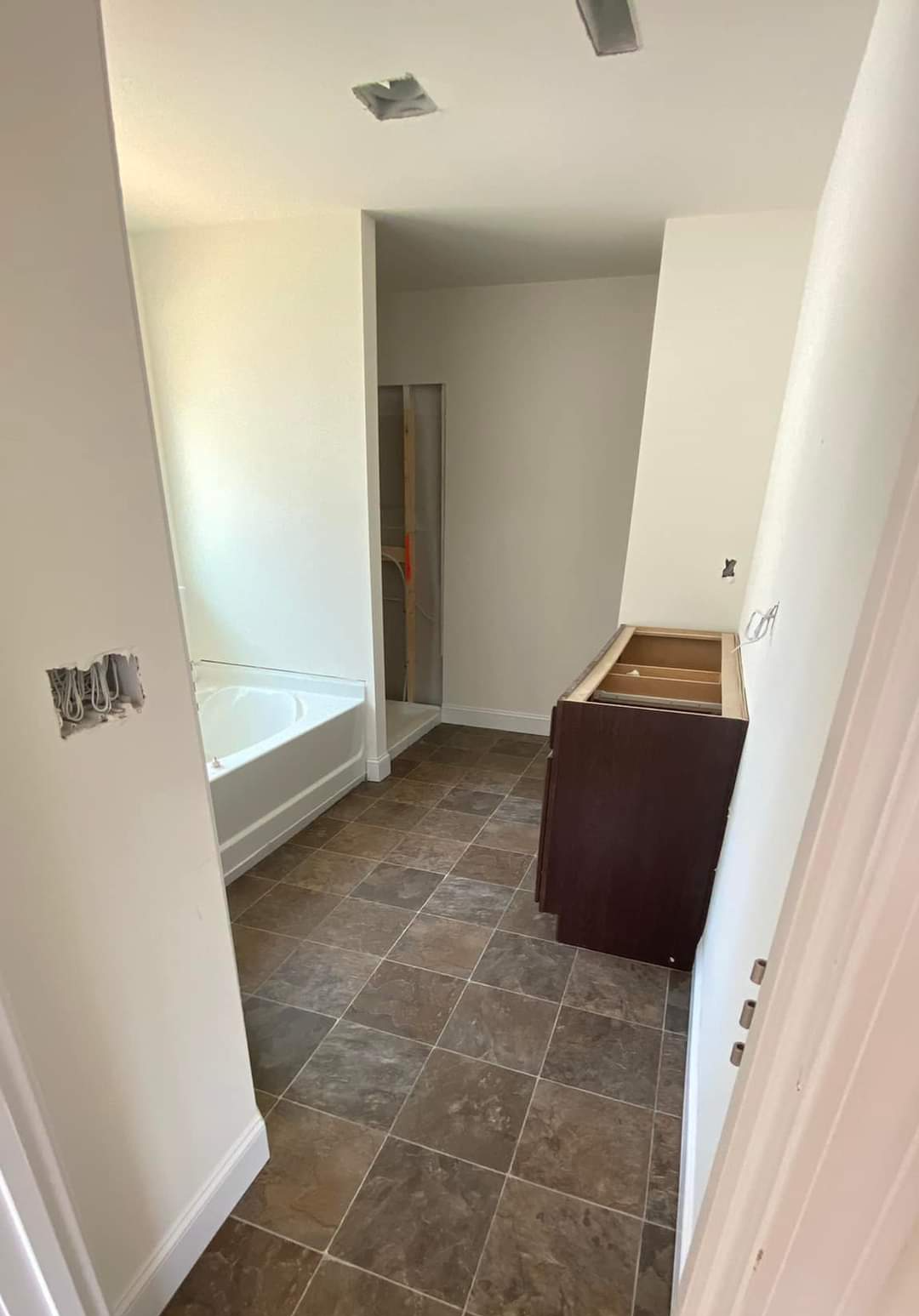
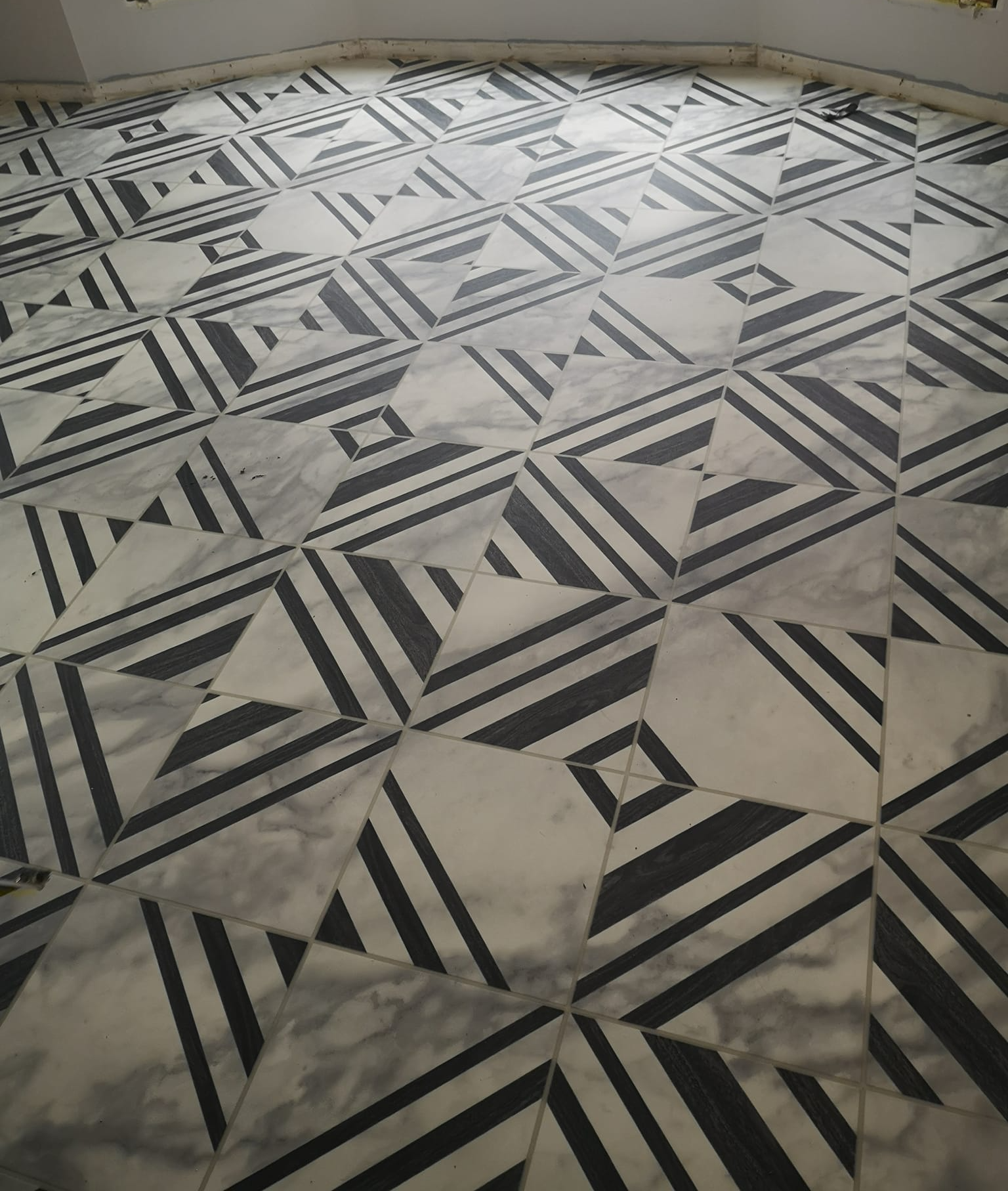
Granite Tile
Granite is a type of igneous rock that is formed by the slow cooling and crystallization of magma.
It is one of the most durable rocks in the world, which is why it is often used for construction and architectural applications. Granite tile is a popular choice for floors, countertops, and other surfaces because of its beauty and durability.
Granite comes in a wide range of colors and patterns, which makes it easy to find a style that fits your home décor. It is also resistant to scratches, stains, and heat, so it can withstand heavy use.
Although granite tile can be more expensive than other types of flooring, many homeowners feel that it's worth the investment.
Other Natural Stone Tile
When most people think of natural stone tile, they envision classic materials like marble, granite, or slate.
However, there are actually a wide variety of other options to choose from. Basalt, for example, is a type of volcanic rock that is often used for flooring or countertops.
It is extremely durable and has a unique appearance that can range from smooth and glossy to rough and textured.
Another popular option is travertine, which is a type of sedimentary rock that is often used for backsplashes or accent walls. It shares many of the same properties as marble, but typically has a more muted color palette.
Ultimately, there are countless types of natural stone tile to choose from, each with its own distinct appearance and set of benefits.
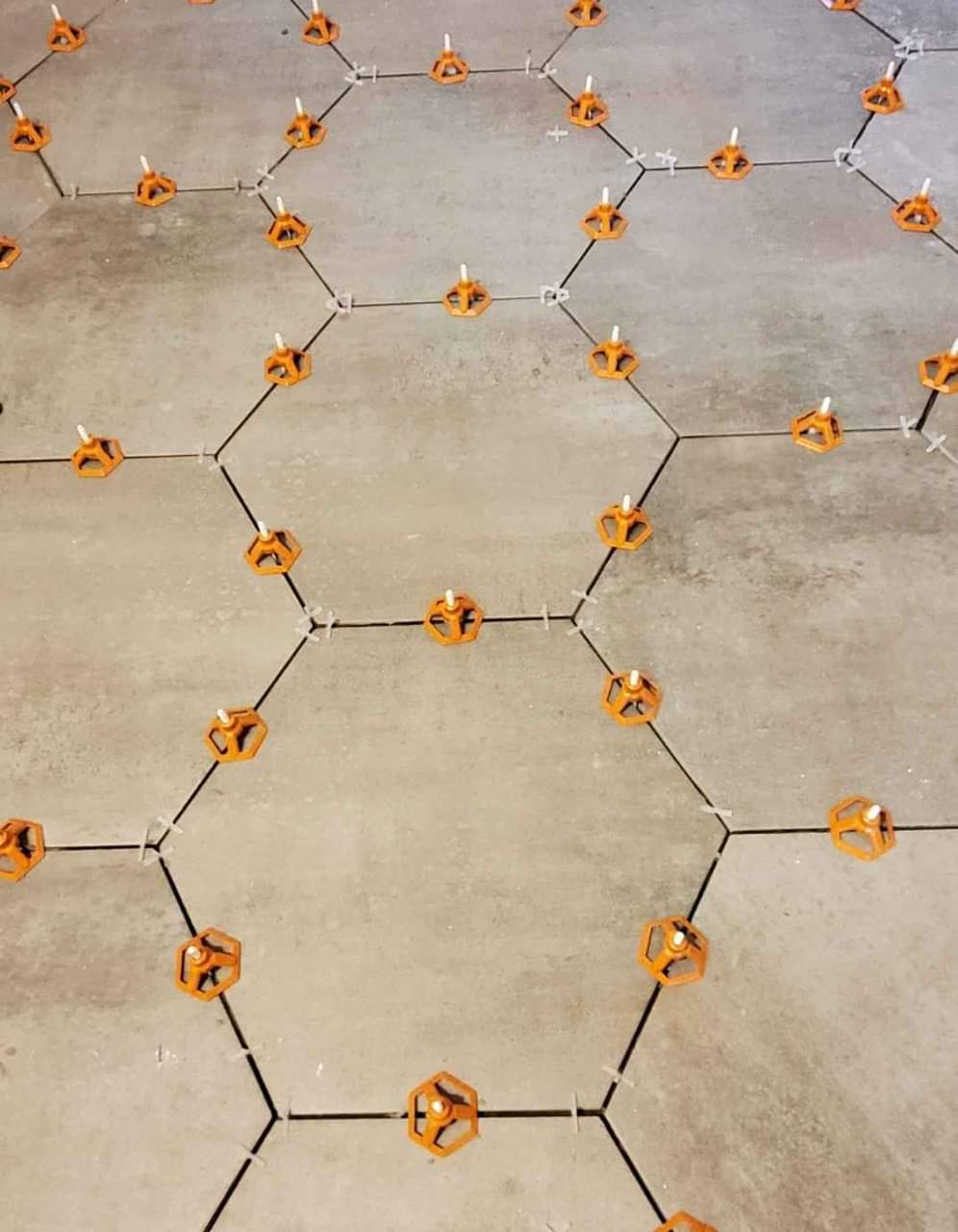
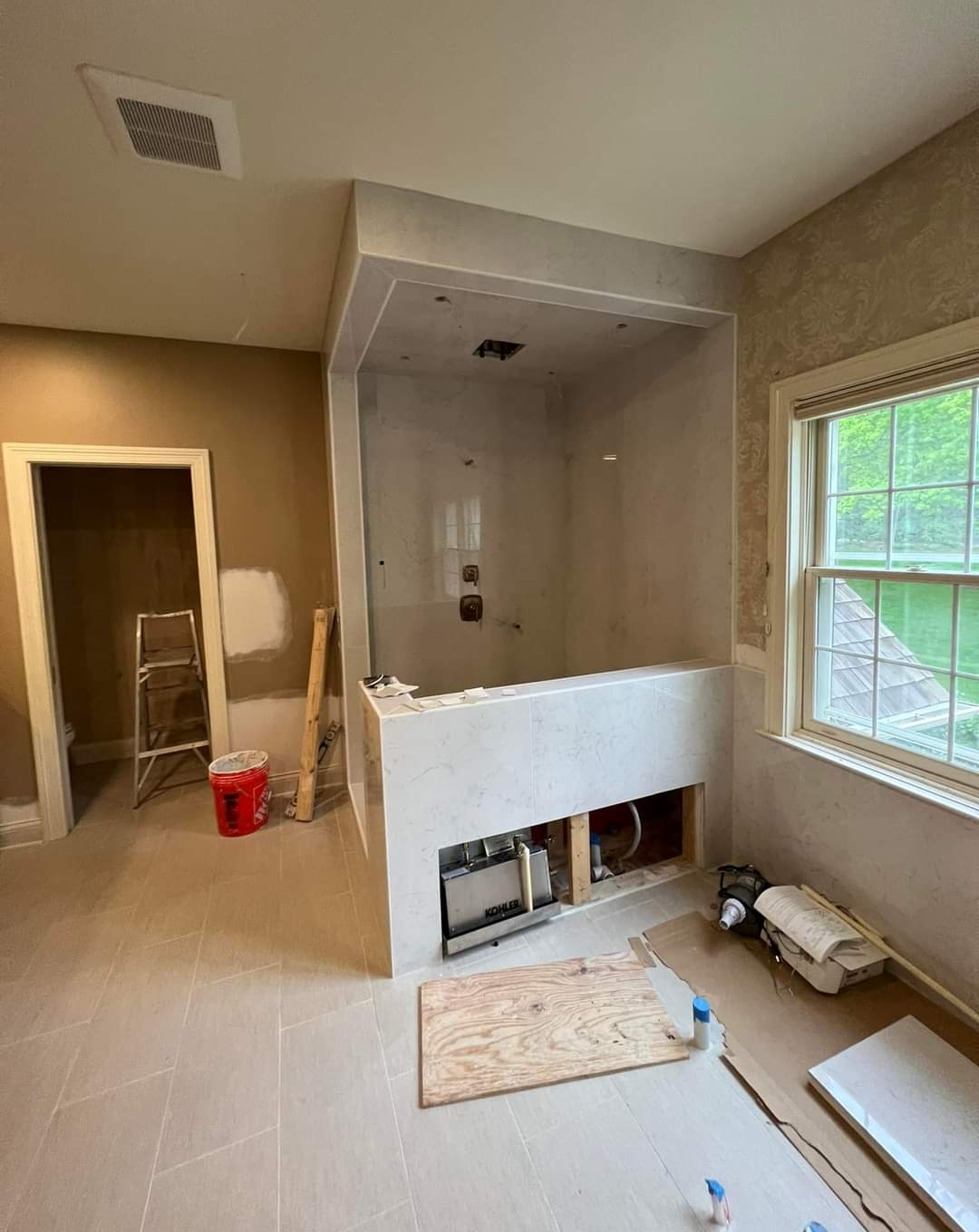
Benefits of Tile floor installation
Tile flooring offers a number of advantages that make it an ideal choice for any home.
First of all, tile is extremely durable and long-lasting. With proper care, a tile floor can last for decades.
In addition, tile is easy to clean and maintain. spills can be easily wiped up, and dirt and dust can be vacuumed or swept away with minimal effort.
Tile is also resistance to stains and scratches, making it a good choice for homes with pets or children.
Finally, tile comes in a wide variety of colors and styles, so you can find an option that fits your taste and budget.
Whether you're looking for a classic or modern look, tile flooring is a great choice for any home.
Tile Flooring Installation Process
Although the process of floor tile installation may look straightforward, there are a number of critical steps that must be followed in order to ensure a professional-looking finish.
We'll go over our process in this next section, step by step.
Choose Your Tile
The tile installation process begins with the customer choosing their tile.
This is an important step, as it will determine the overall look of the finished product.
It will also determine some of the following steps and processes, as the right grout must be paired with the tile, and some tiles call for different sub floor preparation and layout schemes.
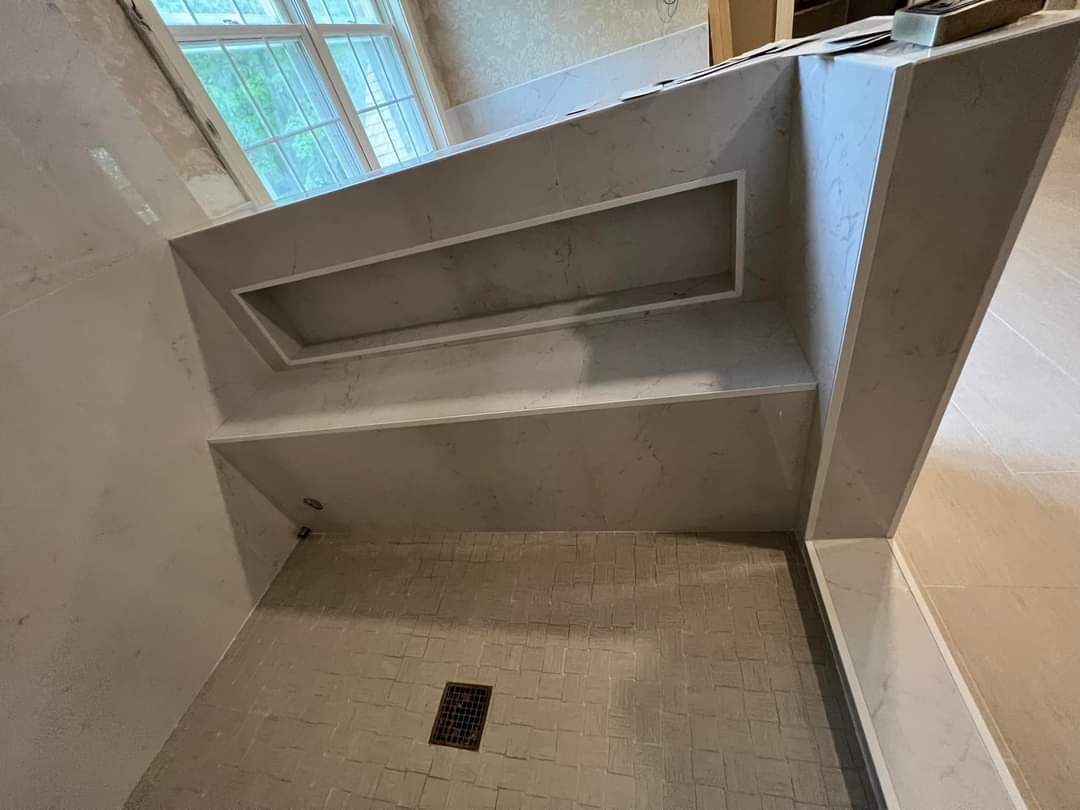
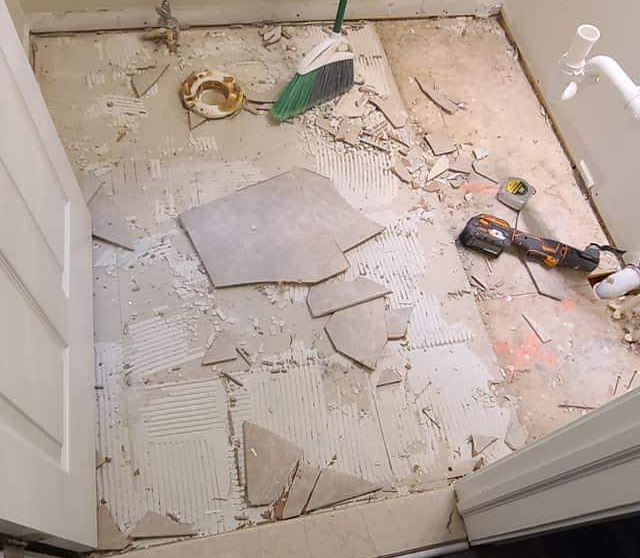
Remove Old Flooring
The second step in the tile installation process is for us to remove the old flooring.
This can be a messy and time-consuming task, but it's essential in order to ensure that your new tile floor will have a smooth and level surface to bond to.
We'll start by removing any baseboards or moldings around the perimeter of the room.
Then, we'll use a heavy-duty scraper to remove any old adhesive or grout that remains on the surface of the subfloor.
Prepare the Subfloor
The third step in the tile installation process is for us to prepare the subfloor.
This involves leveling the floor and ensuring that it is free of debris.
In order to ensure that your tile installation is durable and long-lasting, it's important for us to follow these steps carefully.
With our experience and expertise, you can be confident that your new tile floor will look great and last for years to come.
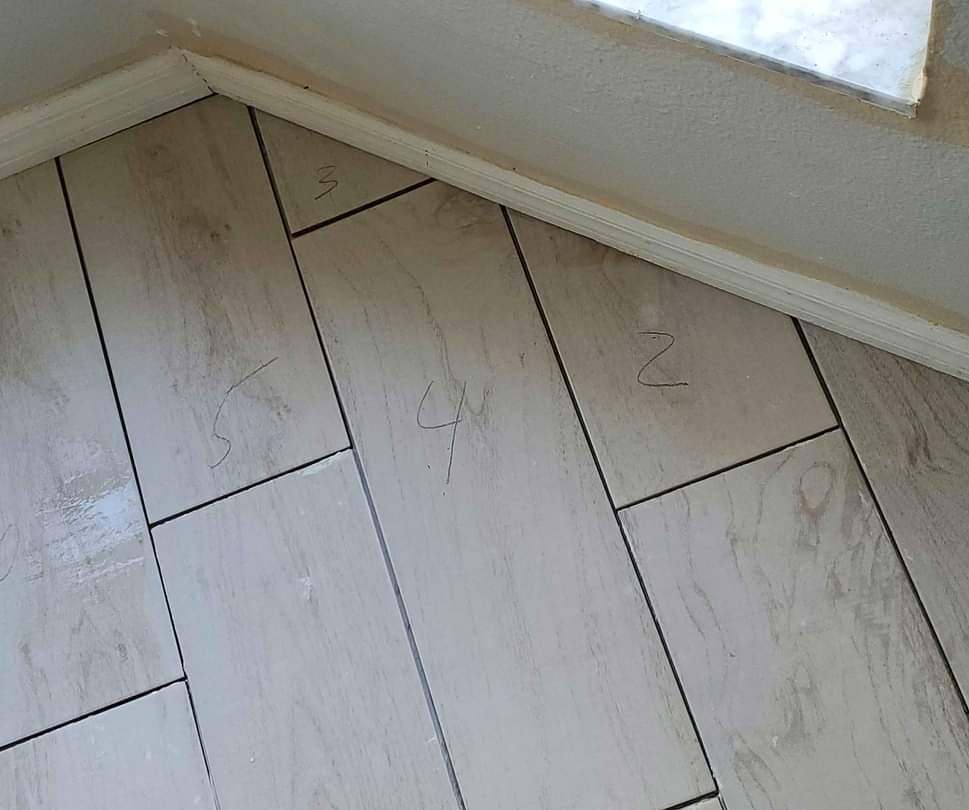
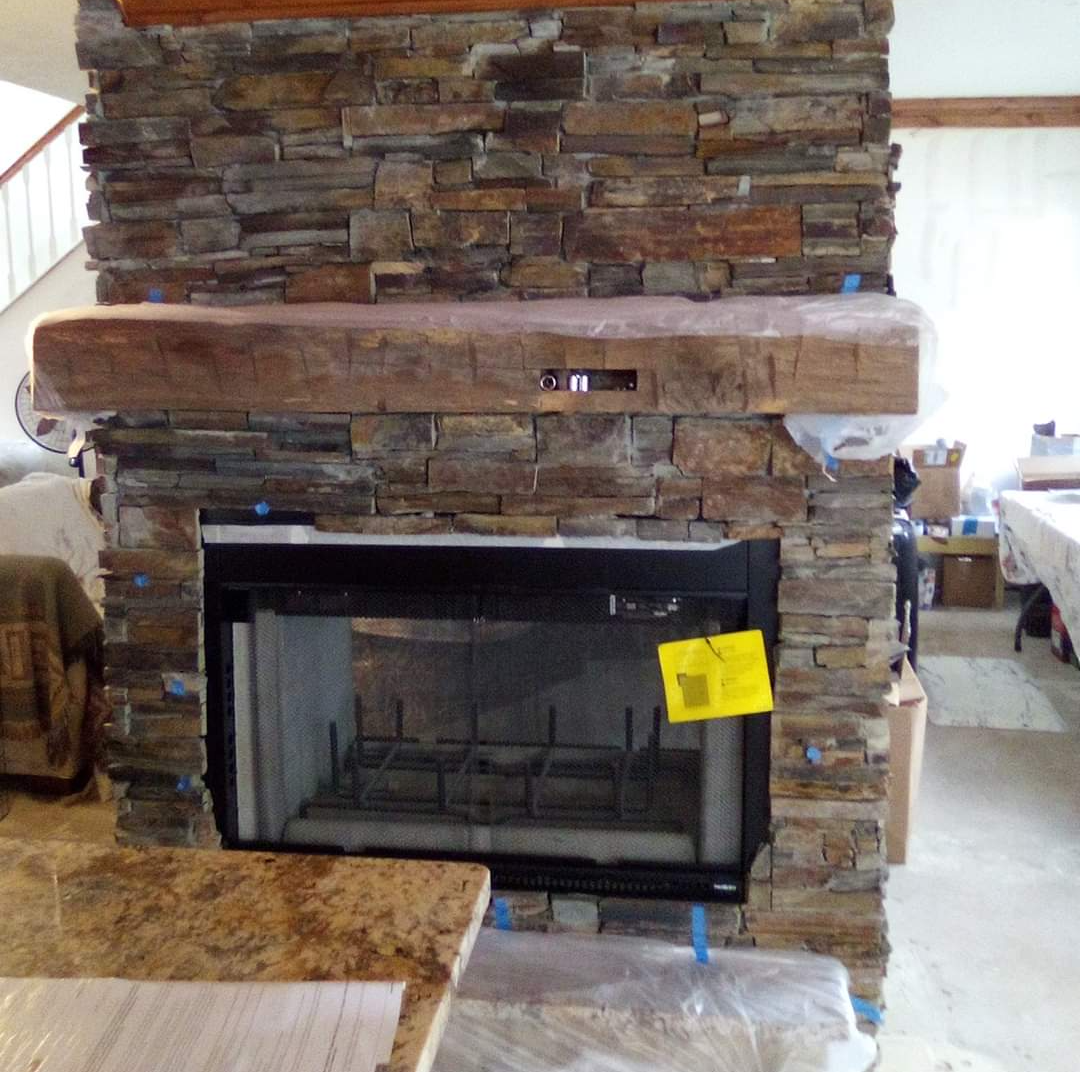
Install Backer Board
The fourth step in the tile installation process is for us to install backer board.
This is a necessary step because it provides added stability and strength to the tile installation.
Backer board is made from either cement or gypsum, and it is available in a variety of thicknesses.
We will select the thickness that is best suited for your particular project.
Once the backer board is in place, we will then apply mortar to the surface and begin setting the tile.
Tile Layout
The fifth step in the tile installation process is for us to plan the tile layout.
This is an important step because it ensures that the tiles are installed in a way that looks aesthetically pleasing and is also functional.
We take into account the size of the room, the type of tile being used, and the overall design of the space when we plan the layout.
After we have determined the best way to install the tiles, we will mark out the area with chalk so that we can be sure that we are staying within the lines.
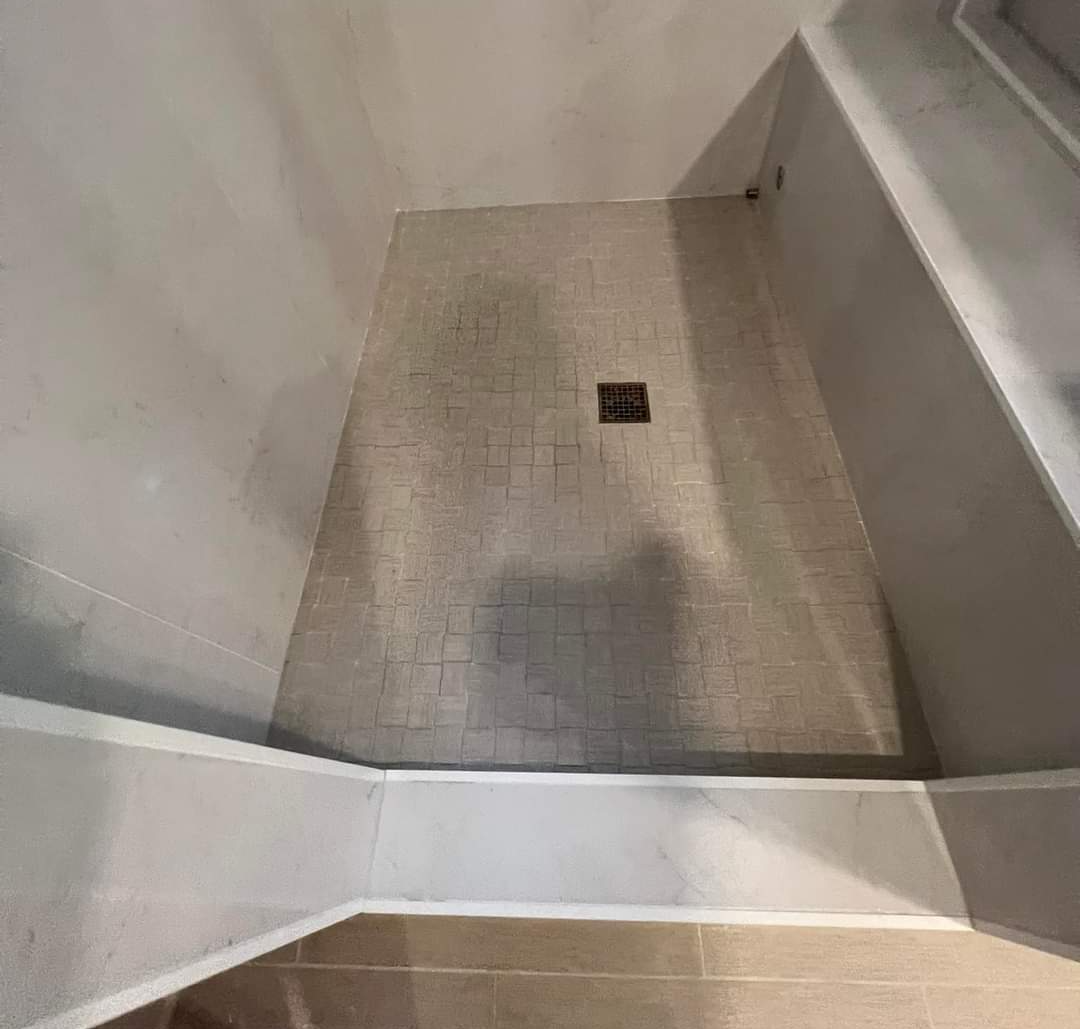

Tile Installation
The sixth step in the tile installation process is the installation of the tiles. Now that we have marked out the area with chalk, we can begin to install the tiles.
Most often, the first row of tiles will be placed along the chalk line, making sure that each tile is flush with the edge of the line.
Once the first row is in place, we can begin to work our way up, filling in the rest of the area with tiles.
We check that each tile is level as we go, so that your final product will have a professional finish.
When all of the tiles are in place, we can then move on to grouting.
Adding Grout
Once the tile has been laid, it's time to grout the joints. Grouting is a process of filling in the spaces between tiles with a cement-based mortar.
There are also epoxy-based grouts that are resistant to staining and mold. Whichever type of grout you choose, we will be sure to follow the manufacturer's instructions carefully.
Once the grout has been mixed, we apply it to the joints with a rubber float, working it into all of the nooks and crannies.
Then we remove any excess grout with a damp sponge before it has a chance to harden. We allow the grout to cure for 24 hours before using the tile surface.
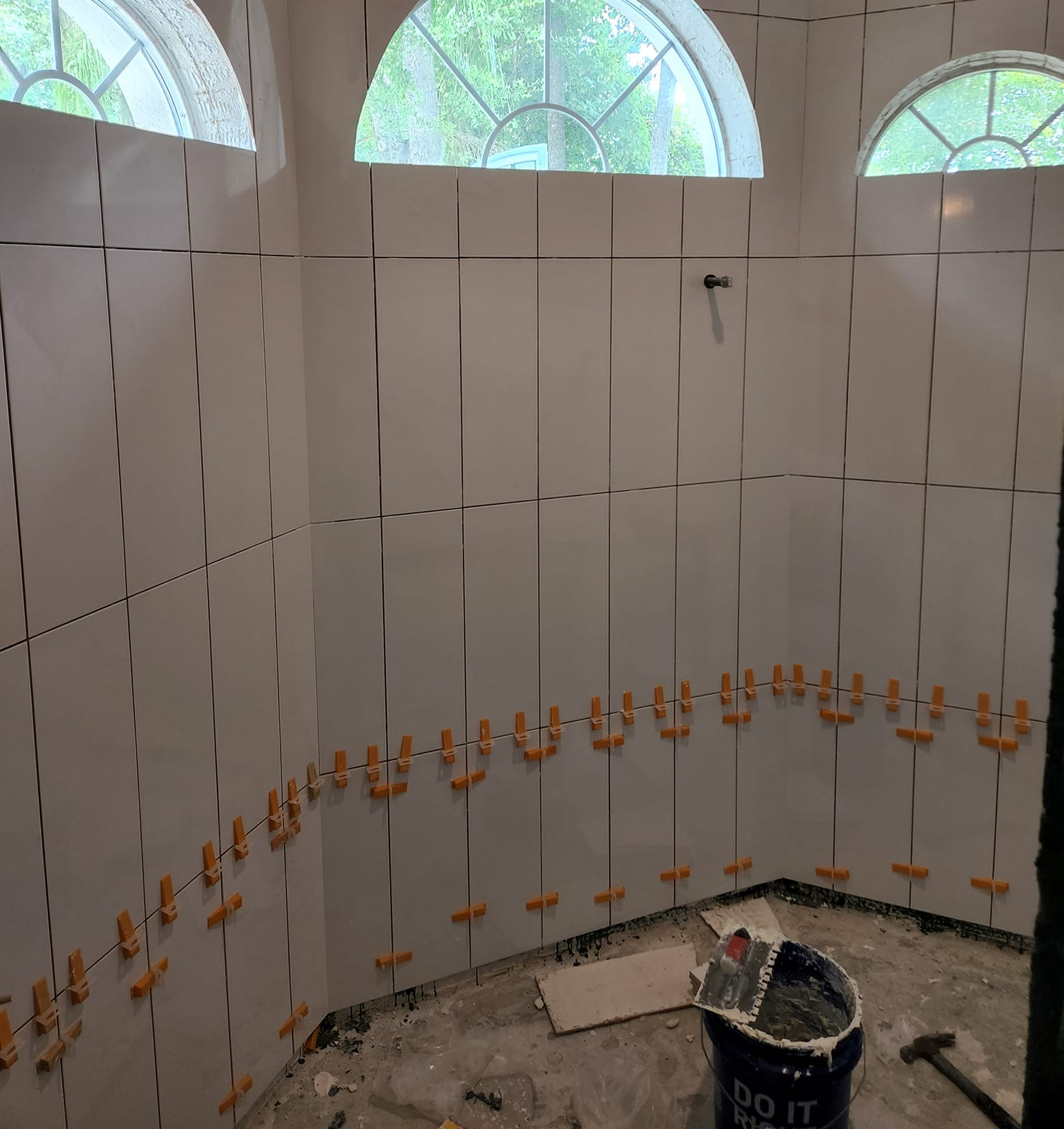
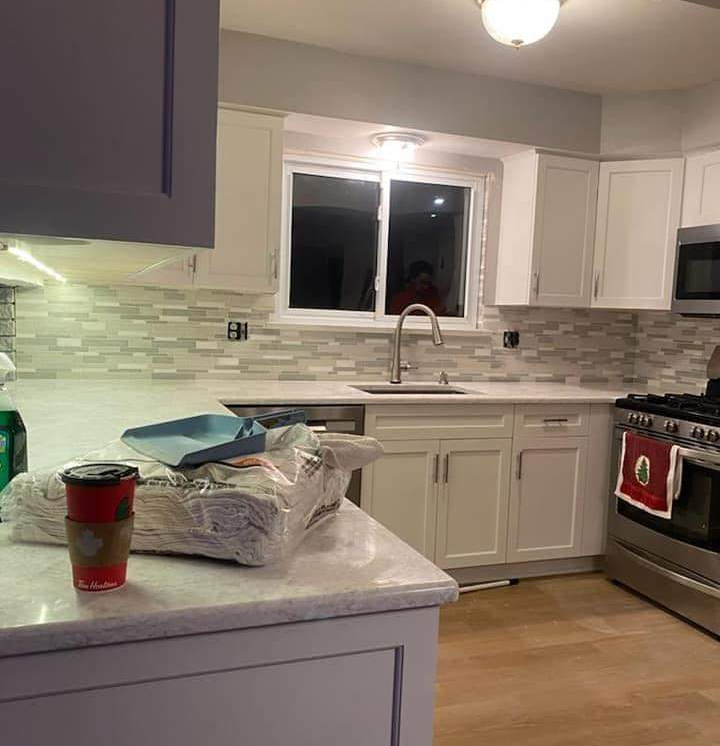
Finishing Touches
After the grout has been applied, we'll need to give it time to dry completely before moving on to the next step. The next step is to apply the caulk.
Caulk is used to create a seal around the edges of the tile, preventing water and dirt from getting behind it and causing damage.
Once the caulk has been applied, we use a wet sponge to smooth it out and make sure there are no air bubbles.
After the caulk has had time to dry, we can polish the tile with a clean cloth to give it a shine.
Finally, you can enjoy your new tile installation!
How to Maintain Tile Floors
Tile floors are a popular choice for many homeowners because they are attractive and easy to maintain.
However, tile floors do require some regular care in order to keep them looking their best. Here are a few tips for maintaining tile floors:
- Sweep or vacuum the floor on a daily basis to remove dirt and dust.
- Mop the floor with a mild soap and warm water solution. Be sure to rinse the floor well afterwards.
- If you have spills, wipe them up immediately and blot with a clean, dry cloth.
- Avoid using harsh cleaners or abrasive scrub pads, as these can damage the tile surface.
By following these simple tips, you can keep your tile floors looking like new for years to come.
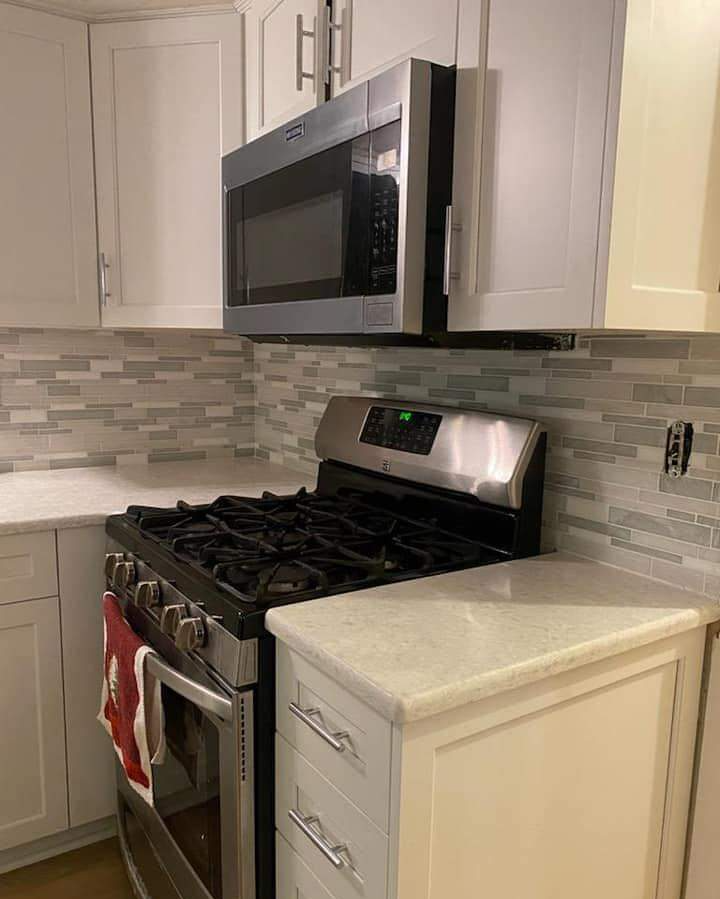
Tile Floor Installation FAQs
How much does it cost to install floor tile?
There are several factors that can affect the cost of installing floor tile.
The first is the type of tile you select. Natural stone tile, for example, is typically more expensive than ceramic or porcelain tile.
The second factor is the size of the tiles you choose. Large tiles generally cost more than small tiles, but they also require less labor to install. The third factor is the complexity of your project.
If you have a large area with many curves and angles, it will likely be more expensive to install than a simple rectangular room.
Finally, the cost of installation can also be affected by the experience and expertise of your installer.
Hiring a professional with extensive experience will often cost more than someone who is just starting out. However, the results will usually be better and the risk of problems during installation will be reduced.
By considering all of these factors, you can get a better sense of how much it will cost to install floor tile in your home.
How long does it take to install new tile?
There are a number of factors that can affect the installation time, including the state of the current floor, the complexity of the design, and the type of tile being used.
In general, however, we typically estimate that it will take two to three days for a professional to complete the job. Of course, this is just an estimate, and the actual time may be more or less depending on the specific circumstances.
If you are considering installing new tile floors in your home, we encourage you to contact us for a more accurate quote. We would be happy to discuss your project in more detail and provide you with a realistic timeline for completion.
Reach Out For a Free Quote
Send us a message using the form below, and we’ll get back to you as soon as we can.
We will get back to you as soon as possible
Please try again later
Copyright © 2015-2022 JD Flooring Installers | All rights reserved
Contractor Website by Curated Leads
